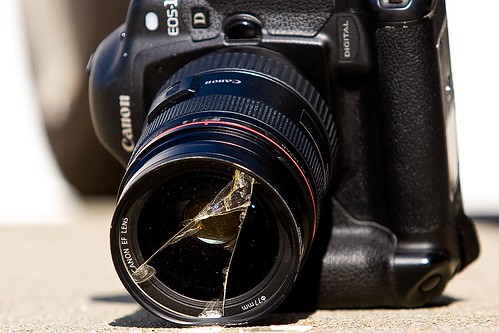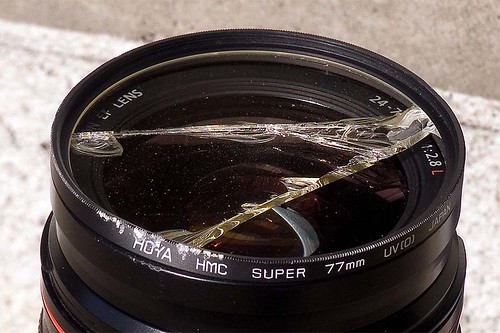
Basic camera health and safety
- Do not get your camera wet
- When using a tripod make sure it is stable
- Do not use a tripod in crowed areas because it could cause sum one to fall or trip
- Make sure your camera is firmly om when using a tripod in case you knock it off and damage it
- Try not to run with your camera it could slip out of your hand and get damaged
- When your not using your camera make sure your camera strap is not in danger of being pulled
- Do not point your camera directly and the sun you could damage your sensor
- when carrying a camera bag make sure you don't knock it off hard surfaces could damage camera
- When changing lenses be careful not to drop a lens or leave
- If walking and looking though a viewfinder me wary of your surrounds you could walk into a hazard
- If using a camera on the beach be careful of sand getting into the camera or lens
- Do not leave your camera on hot surface
- Do not use your camera with dirty hands dirt or oil could damage your camera
- Always use a clean cloth to clean your camera
- Be careful of using flash
How to change a camera lens Safety
Dropping a camera can cause serious damage



Using a Filter could save a expensive lens in a fall
This camera fell out of a car when the back door was opened.
It is a Canon EF 24-70 f2.8L lens on a Canon EOS 1D 4mp DSLR.
Except for the destroyed 77mm Hoya filter the camera and lens works fine.


The 3000 foot drop
Sometimes you can just be lucky this camera fell off a man sky diving it fell 3000 feet
The canon 400D survived to shoot another day
Be careful of using a camera in the snow after only after a few Min's it could get seriously wet

When taking photos do not take risks with where u shoot from
Be careful of the foreground below you it could be icy wet or even just to dangerous to shoot from
photographers have died tying to get a shot
Taken From the Denver post
 |
| LOOKOUT MOUNTAIN |
A 47-year-old local resident fell to his death trying to take a picture along Lookout Mountain Road this afternoon, according to the Jefferson County Sheriff's Department.
The man was with others about 4 p.m. when he stepped over the guard rail to snap the photo and fell about 60 feet.
He was dead by the time rescuers arrived.
Taken from the sun

 |
| Health and safety issues |
Be fully prepared for a days shooting

- Take plenty of water and food
- Take a mobile phone or walkie talkie fully charged with pack up battery for extra safety
- Take a good map of the area you are photographing
- Make sure you bring extra clothing in case you get stranded
- Wear good footwear
- Always tell someone where you are going
When taking photos on mountains or hills there is a bigger risk to personal safety
Take a companion its always safer to have a company in case you get into danger
Dress properly
Trainers might look cool and be light to walk in butt for a safer option use a fell boot or walking boot these will have allot better grip and will have better ankle support and will keep your foot dryer if you step in a wet bog or stream
| A walking boot will give your foot better protection and grip |
| Trainers are not as safe |
Temperatures can fall rapidly with height , and wind and rain increase , carrying a quality weatherproof jacket and a insulating fleece can cope with the worst weather.
There are many waterproof and fleeces to choose from to keep you safe from the weather
Prepare for the unexpected
A good weather report is invaluable
But if the weather appears to be deteriorating it probably better to be safe then sorry so go back if it safe to do so
Carrying a torch can be a life saver
you never know you could get lost or stranded then night fall will come
A wind up torch could be a life saver
Avoid dehydration
Water is heavy so its temping to leave it or just take a small bottle
But walking long distances with equipment can result in you sweating more and losing more fluids so its always safer to take more water than you need
If you have run out of water it is normally safe to drink water from a stream if it is above 800 meters
however its even safer to use sterilising tablets or a sterilising pump to clean the water you are about to drink
Also carry enough food for the length of the outing you have in mind .
More accidents happen from descending its to do with fatigue and because we are facing away from the hill rather than towards it so always take extra care if you are coming down from a hill or mountain
Health and safety is important in photography you must be always aware of the risks to you and the subject you are photographing.


No comments:
Post a Comment